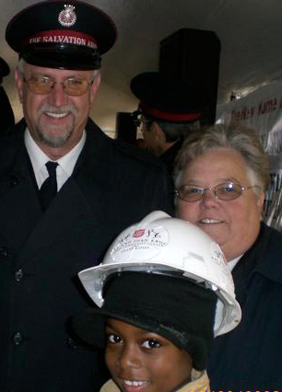
In 2002 when Joan Kroc, the widow of McDonald’s founder Ray Kroc, built a world-class family recreation center in a blighted part of San Diego, no crystal ball could have foreseen the impact of her gift. That original Kroc Community Center elevated the neighborhood and the endless streams of families who came there.
The transformation Joan Kroc saw happening in the lives of those San Diego residents, especially the children, moved her to rewrite her will. She wanted inner-city families across the country to have the same opportunity for sports, recreation, education, the arts, and worship. The only organization she knew that could make such a big dream happen was the Salvation Army.
When Joan Kroc died in October, 2003, her largest single bequest was $1.7 billion to the Salvation Army. The generosity of this historic donation stunned the Army. It also challenged them unlike any gift ever had. Her terms were strict. The money had only one purpose: to build 38 Kroc Community Centers from California to the East Coast.
She also made sure the Centers would be maintained as world-class operations. To guarantee that future quality, she stipulated all grants must go half toward construction and half for an endowment to operate the Centers. In addition, each community awarded a grant had to raise local dollars equal to half the endowment bequest.
Every penny of her $1.7 billion had to go toward the new Kroc Centers—none of it could be spent on any existing operations. In the same month of her death five years later, the first shovel of dirt was dug at 2500 South Division in Grand Rapids, Michigan, to start the $56 million Ray and Joan Kroc Corps Community Center.
Additional article – The Money Trail: Grand Rapids Kroc Center
Additional article – Wege Foundation Contributed to GREEN Kroc
Read more about Ray and Joan Kroc Center at www.kroccenter.org
Wege Foundation’s Areas of Interests
-
Environment
-
Education
-
The Arts
-
Human Services
-
Health Care
Ray and Joan Kroc Center’s Programs
- LEED Certified/Geo-Thermal
- Classrooms/Tutoring/Computer Labs
- Performing Arts Auditorium: Music
- Safe Playgrounds/Recreation/Mentoring
- Fitness Center/Sports/Medical Clinic

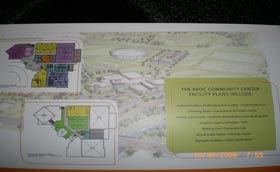
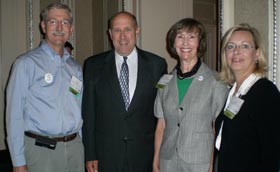
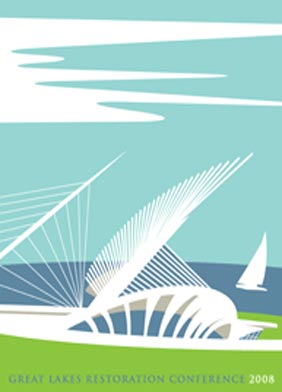 Seven representatives of The Wege Foundation, including Trustees Mary Nelson, Peter Wege II, and Ellen Satterlee, attended the 4th Annual Great Lakes Restoration Conference in Milwaukee September 10-12. Most appropriately, the seven Wege Foundation delegates traveled from Grand Rapids to Milwaukee by crossing Lake Michigan on the Lake Express ferry.
Seven representatives of The Wege Foundation, including Trustees Mary Nelson, Peter Wege II, and Ellen Satterlee, attended the 4th Annual Great Lakes Restoration Conference in Milwaukee September 10-12. Most appropriately, the seven Wege Foundation delegates traveled from Grand Rapids to Milwaukee by crossing Lake Michigan on the Lake Express ferry.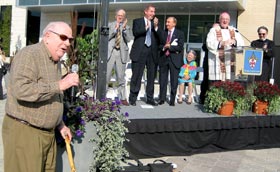
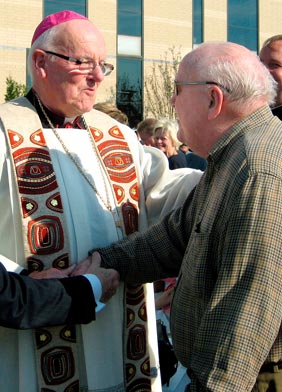 As the only child of Peter Martin and Sophia Dubridge Wege, Peter M. Wege began honoring their memory half a century ago. Because of his mother’s strong Catholic faith, her son often used his gifts to church causes as an opportunity to memorialize his parents. His first major gift in 1959 went to help build Alburtus Magnus Hall of Science for Aquinas College.
As the only child of Peter Martin and Sophia Dubridge Wege, Peter M. Wege began honoring their memory half a century ago. Because of his mother’s strong Catholic faith, her son often used his gifts to church causes as an opportunity to memorialize his parents. His first major gift in 1959 went to help build Alburtus Magnus Hall of Science for Aquinas College.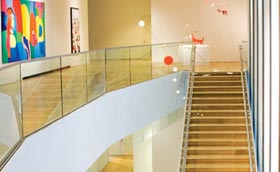
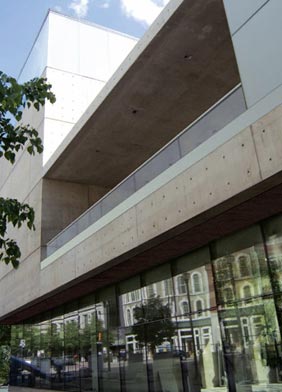 After one year in operation as the world’s first art museum to win a Gold LEED medal from the United States Green Building Council, the Grand Rapids Art Museum has doubled its attendance. The new GRAM welcomed twice as many people to its galleries in one year as the number of those who visited GRAM in its last year in the former federal building.
After one year in operation as the world’s first art museum to win a Gold LEED medal from the United States Green Building Council, the Grand Rapids Art Museum has doubled its attendance. The new GRAM welcomed twice as many people to its galleries in one year as the number of those who visited GRAM in its last year in the former federal building.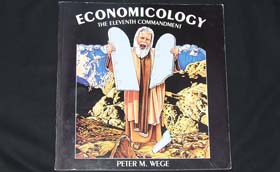
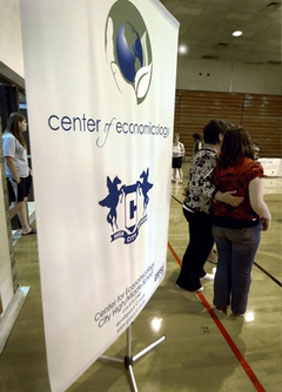 Thanks to The Wege Foundation, the Grand Rapids Public Schools are infusing Peter Wege’s concept of economicology into the curriculum. Wege coined the word economicology to define the balance needed between the economy and the ecology. The word summarizes Wege’s advocacy for educating the public on the reality that a prosperous economy depends on maintaining a healthy environment.
Thanks to The Wege Foundation, the Grand Rapids Public Schools are infusing Peter Wege’s concept of economicology into the curriculum. Wege coined the word economicology to define the balance needed between the economy and the ecology. The word summarizes Wege’s advocacy for educating the public on the reality that a prosperous economy depends on maintaining a healthy environment.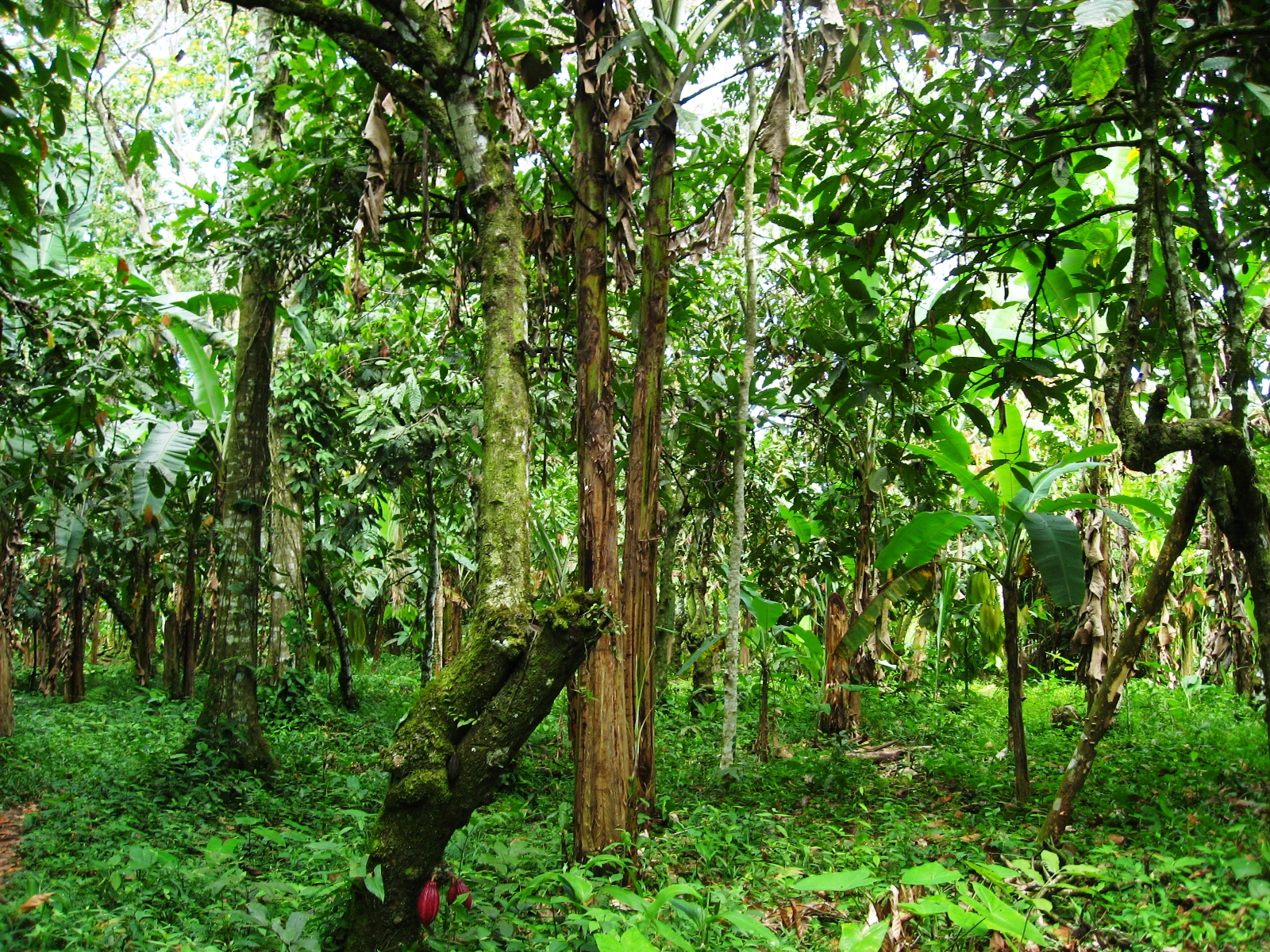
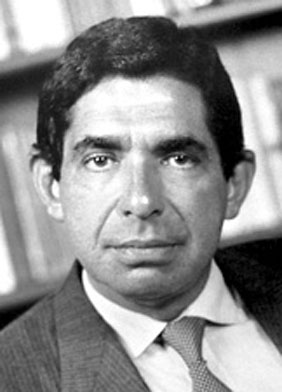 The forward-thinking president of Costa Rica Oscar Arias Sanchez has launched an international conservation effort that could help save 4% of the world’s biodiversity. Called the Peace With Nature Initiative, President Arias’s plan continues the visionary environmentalism Costa Rica began two decades ago.
The forward-thinking president of Costa Rica Oscar Arias Sanchez has launched an international conservation effort that could help save 4% of the world’s biodiversity. Called the Peace With Nature Initiative, President Arias’s plan continues the visionary environmentalism Costa Rica began two decades ago.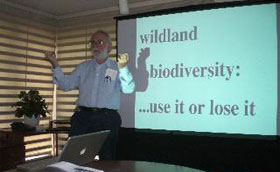
 In late July, 2008, The Wege Foundation invited friends from several West Michigan foundations to meet University of Pennsylvania professor Dr. Dan Janzen and his wife Dr. Winnie Hallwachs Janzen and learn about their conservation work in the Costa Rican rain forest. Since Peter Wege first met the Janzens in 1991, The Wege Foundation has supported their work buying private land to be permanently preserved. The two Dr. Janzens have worked closely with the Costa Rican government to help the Central American country become the global leader in conserved park land relative to its size.
In late July, 2008, The Wege Foundation invited friends from several West Michigan foundations to meet University of Pennsylvania professor Dr. Dan Janzen and his wife Dr. Winnie Hallwachs Janzen and learn about their conservation work in the Costa Rican rain forest. Since Peter Wege first met the Janzens in 1991, The Wege Foundation has supported their work buying private land to be permanently preserved. The two Dr. Janzens have worked closely with the Costa Rican government to help the Central American country become the global leader in conserved park land relative to its size.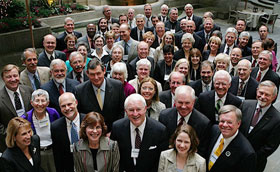
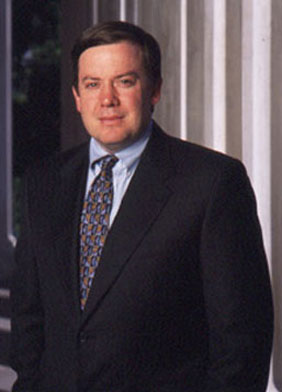 The 2008 Climate Leadership Summit of the American College & University Presidents’ Climate Commitment concluded its two days of meetings in Grand Rapids, Michigan, on June 6. Speaking at the closing luncheon, the chairman of the ACUPCC and president of Arizona State University, Michael M. Crowe did not tiptoe around the sensitive topic of membership.
The 2008 Climate Leadership Summit of the American College & University Presidents’ Climate Commitment concluded its two days of meetings in Grand Rapids, Michigan, on June 6. Speaking at the closing luncheon, the chairman of the ACUPCC and president of Arizona State University, Michael M. Crowe did not tiptoe around the sensitive topic of membership.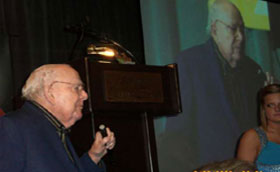
 At a black-time banquet in the Amway Grand Hotel, Junior Achievement of West Michigan named Peter M. Wege the winner of the 2008 Edward J. Frey Distinguished Achievement Award. It was Edward J. Frey, a Grand Rapids banker and insurance entrepreneur, who founded the local chapter of Junior Achievement in 1955.
At a black-time banquet in the Amway Grand Hotel, Junior Achievement of West Michigan named Peter M. Wege the winner of the 2008 Edward J. Frey Distinguished Achievement Award. It was Edward J. Frey, a Grand Rapids banker and insurance entrepreneur, who founded the local chapter of Junior Achievement in 1955.